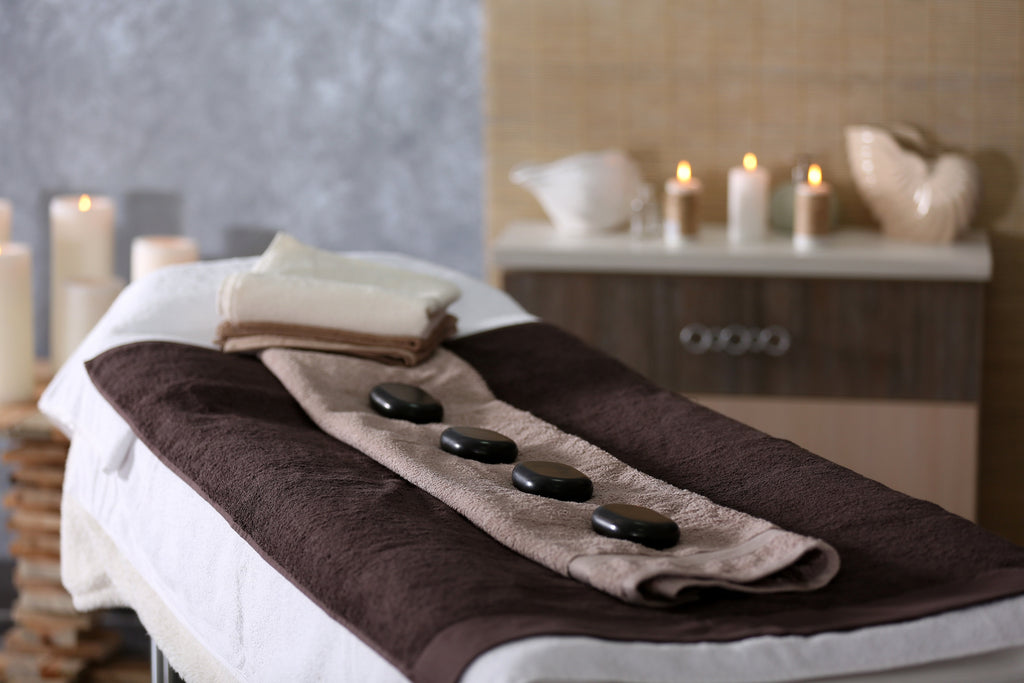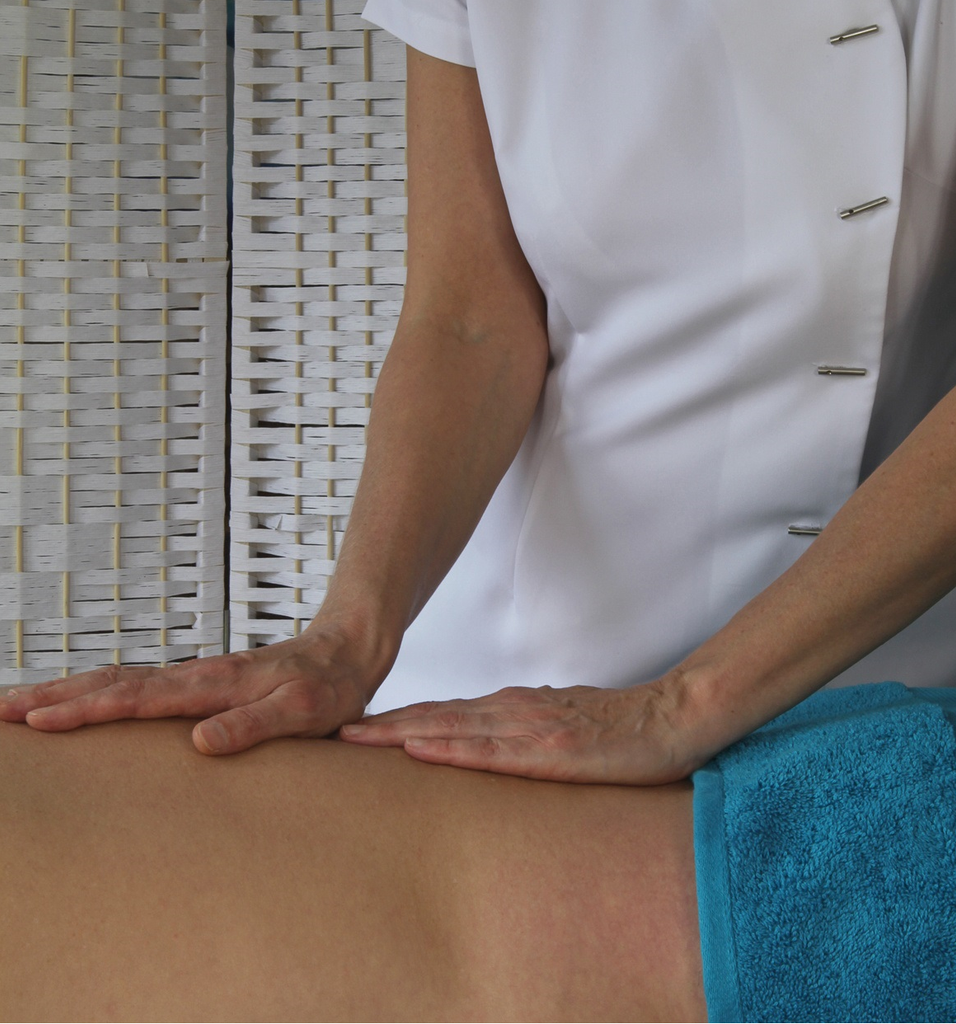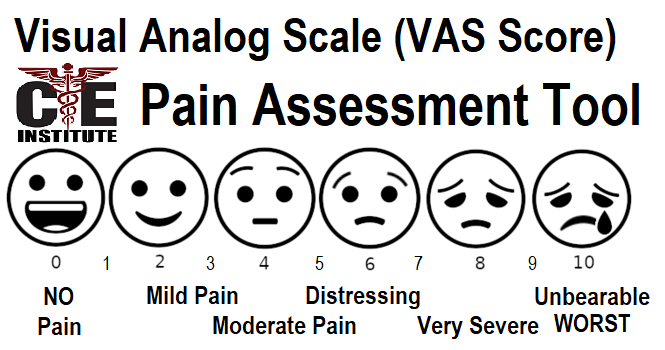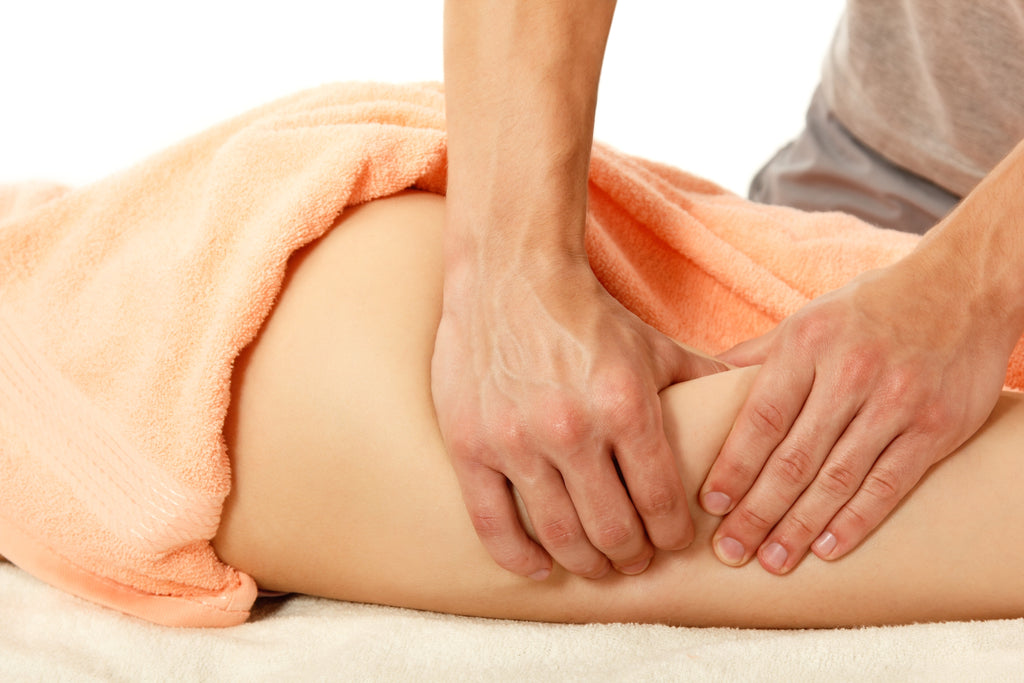by Selena Belisle, Founder/Instructor, CE Institute LLC
To maintain a professional and desirable massage therapy work environment, make sure your workspace is:
- Free of clutter
- Temperature controlled (to the client’s comfort)
- Installed with appropriate or adjustable lighting
- Dark enough for the client to relax with at least 40 watts of light during bodywork
- Light enough so the client can safely navigate in and out of the room, as well as dress, undress, find their personal belongings, etc.
- Properly installed with smoke detectors, carbon monoxide detectors, proper exit signs, fire extinguishers and any other safety equipment as needed and/or required by law
- Stocked with appropriate cleaning supplies and disinfectants
- Operating with an efficient scheduling process with proficient ability to process client cancellations, changes and payments
- Operating with appropriate security to keep client records and appointments confidential
- Installed with stable flooring, including any rugs secured to the floors and no uneven surfaces where clients could trip
- Easily accessible for the client. Ensure table height is appropriate so client can safely mount and dismount the table
- Provide a stepstool if the table is too high and nonadjustable
The massage therapy reception and work space should be equipped with appropriate chairs for sitting, waiting or changing, especially when serving a frail clientele. With geriatric or orthopedic leg post-op clients consider:
- Low setting couches may be trendy and sleek but would be difficult for a client to sit or rise
- Chairs without arms may pose the same problem
- Provide chairs and seating arrangements that create easy accessibility, especially for a client that may be in pain
Ensure the bathroom is clean and has:
- Toilet paper
- Hot & Cold Running Water
- Soap or Hand Cleanser
- Ability for client to dry their hand
- Paper towel
- Washable linens (to be used one time then laundered
- Air dryer
Always Perform Proper Hand Hygiene:
- Before eating
- Before and after having direct contact with a client (whether it be a massage, manicure, facial, haircut, waxing appt., etc.)
- After contact with blood, body fluids or excretions, mucous membranes, non-intact skin or any questionable exposure
- After contact with a sharp object that could have cut skin
- If hands could be moving from a contaminated-body site area to a clean-body site during client contact
- After glove removal
- After using a restroom
- Use additional care as needed
High Standards of Personal Hygiene and Professional Service Considerations Include:
Clean uncontaminated clothing. Refrain from wearing clothes that have come in contact with a client – these should be changed to prevent “cross contamination” from client to client.
Use hand towels to separate the client’s body from bodyworker clothing. If the bodyworker lays a prone ankle over their shoulder, then a hand towel should be placed over the bodyworker’s shoulder to prevent contact between the client’s naked ankle and the bodyworker’s clothing.
Refrain from wearing clothes that are dirty, have body odor, etc.
Keep a “change of clothes” readily accessible so that appointments would not be cancelled due to soiled clothing OR that appointments are not performed with soiled clothing
Refrain from wearing clothing that provides excess nudity, i.e. bodyworker should wear comfortable, conservative clothing with a professional appearance. The bodyworker industry does not want clients to “get the wrong idea” of the nature of therapeutic work because the bodyworker is dressed inappropriately or “suggestive” for the wrong type of service.
Refrain from wearing clothing that has holes, political statements, foul language, considered controversial or anything that could be upsetting to any client or coworker.
Use your best judgement. Bodyworkers regularly earn more than the “average” hourly American wage. Bodyworker’s should take pride in their appearance, and “look the part” of a professional.
Avoid Halitosis (bad breath)
Clients and coworkers do not appreciate foul odors, including bad breath. In fact, a client may avoid communicating with a bodyworker who has bad breath. Avoid eating foods that could cause undesirable odor such as onions, garlic and anything else that may be considered undesirable. Communication is critical to a safe or successful massage therapy session, so consider having the following available to avoid halitosis:
- Breath mints
- Mouth wash
- Oral sprays
- Toothbrush with toothpaste
Hot Towel Massage Therapy & Bodywork Practices
Hot towels are often used in bodywork service but are often improperly prepared. Many times, bodyworkers will prepare hot towels by throwing a few towels in a sink and running hot water over them. Sinks can harbor bacteria and as such – should not be used to prepare hot towels without cleaning the sink first.
Hot towels can also be made with a clean bowl. Simply put towels in a clean bowl and pour hot water over them. Excess water should be “rung” from the wet towels and be placed in a hot towel cabi to maintain heat until the bodyworker is ready to use them.
The inside of a warm most environment can be a bacterial breeding ground, so if a hot towel cabi is used, be sure to routinely clean/sanitize the inside. This includes leaving the inside of the cabi door open when not in use. Anaerobic bacteria (bacteria that cannot live in the presence of oxygen) will not be able to continue to grow in the present of oxygen with the door open.
Finger nails Must be Short and Clean
If the whites of the fingernail beds are showing, then make sure underneath the nail is cleaned prior to working on each client with a nail brush or other appropriate cleaning method
Some bodyworkers can perform bodywork with medium to long fingernails however this is not advised under normal bodywork circumstances. That’s because of multiple factors including:
- Bacteria, virus and other undesirable agents can linger underneath the nail in this hard-to-reach area
- When working on clients with poor circulation, such as a diabetic geriatric client, a small cut to the skin (by a fingernail that’s too long), could create detrimental effects. A client in this medical condition generally has poor wound healing – and if the skin cut becomes infected, it’s possible the client could lose their limb or life with a systemic infection, all from a simple fingernail cut to the skin by a bodyworker.
To learn more about massage therapy practice, please click here to find or register for training: https://ceinstitute.com/
#client #clientrelations #workenvironment #healthcare #healthcarepractices #lmt #massage #massagetherapist #massagetherapyethics #bodywork #bodyworker #massagetherapy #halitosis #hygiene #relax













